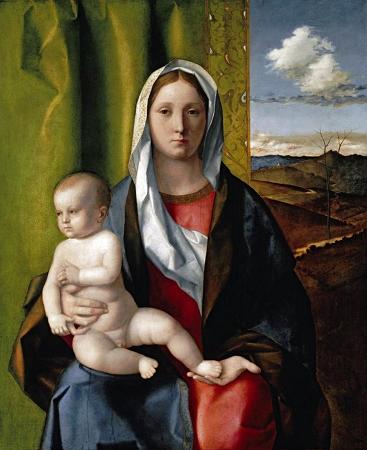High Museum of Art. Art museum in Peachtree Street NE, Atlanta The High Museum of Art, located in Atlanta, is a leading art museum in the Southeastern United States. Located on Peachtree Street in Midtown, the city's arts district, the High is a division of the Woodruff Arts Center. In 2010 it had 509,000 visitors, 95th among world art museums. The museum was founded in 1905 as the Atlanta Art Association. In 1926, the High family, for whom the museum is named, donated their family home on Peachtree Street to house the collection following a series of exhibitions involving the Grand Central Art Galleries organized by Atlanta collector J. J. Haverty. Many pieces from the Haverty collection are now on permanent display in the High. A separate building for the museum was built adjacent to the family home in 1955. On June 3, 1962, 106 Atlanta arts patrons died in an airplane crash at Orly Airport in Paris, France, while on a museum-sponsored trip. Including crew and other passengers, 130 people were killed in what was, at the time, the worst single plane aviation disaster in history. Members of Atlanta's prominent families were lost including members of the Berry family who founded Berry College. During their visit to Paris, the Atlanta arts patrons had seen Whistler's Mother at the Louvre. In the fall of 1962, the Louvre, as a gesture of good will to the people of Atlanta, sent Whistler's Mother to Atlanta to be exhibited at the Atlanta Art Association museum on Peachtree Street. To honor those killed in the 1962 crash, the Atlanta Memorial Arts Center was built for the High. The French government donated a Rodin sculpture The Shade to the High in memory of the victims of the crash. In 1983, a 135,000-square-foot building designed by Richard Meier opened to house the High Museum of Art. Meier won the 1984 Pritzker Prize after completing the building. The Meier building was funded by a $7.9 million challenge grant from former Coca-Cola president Robert W. Woodruff matched by $20 million raised by the museum. Meier's highly sculptural building has been criticized as having more beauty than brains. For example, constructed with white concrete, the lobby, a giant atrium in the middle of the building's cutaway cube, has almost no exhibition space, and columns throughout the interior restrict the way curators can display large works of modern art. Also with the atrium being just one of four quadrants, it's viewed as a luxuriously structured, but vacant pathway leading to the other exhibits, which is quite a shame when considering how radiant and light-filled the room is. At 135,000 square feet, the Meier building has room to display only about three percent of the museum's permanent collection. Although the building officially contains 135,000 square feet, only about 52,000 square feet is gallery space. The Meier building, now the Stent Family Wing, was termed Director Gudmund Vigtel's crowning achievement by his successor Michael Shapiro. During Vigtel's tenure 1963-1991, the size of the museum's permanent collection tripled, endowment and trust funds of more than $15 million were established, the operating budget increased from $60,000 to $9 million and the staff expanded from four to 150. In 2005, Renzo Piano designed three new buildings which more than doubled the museum's size to 312,000 square feet, at a cost of $124 million. The Piano buildings were designed as part of an overall upgrade of the entire Woodruff Arts Center complex. All three new buildings erected as part of the expansion of the High are clad in panels of aluminum to align with Meier's original choice of a white enamel facade. Piano's design of the new Wieland Pavilion and Anne Cox Chambers Wing features a special roof system of 1,000 light scoops that capture northern light and filter it into the skyway galleries. The High Museum of Art's permanent collection includes more than 15,000 artworks across seven collecting areas: African Art, American Art, decorative arts and design, European art, folk and self-taught art, modern and contemporary art, and photography. More than one-third of the High's collection was acquired after the museum announced its plans for expansion in 1999. Highlights of the collection include works by Giovanni Battista Tiepolo, Claude Monet, Martin Johnson Heade, Dorothea Lange, Clarence John Laughlin, and Chuck Close. In 1958, 29 Renaissance and Baroque paintings and sculptures from the Samuel H. Kress Foundation were donated, establishing the core of the High's European art collection. Highlights of the Kress gift include Giovanni Bellini's Madonna and Child, Tommaso del Mazza's Madonna and Child with Six Saints and Tiepolo's Roman Matrons Making Offerings to Juno.
more...









